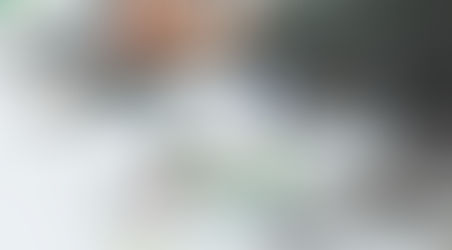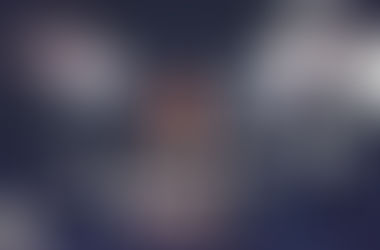Your Marketing Guide to Print in 2017
- lottiemoran
- Sep 1, 2017
- 3 min read

It’s easy to get confused with the number of techniques printers use these days, but it’s important to keep up to date with the latest trends. In this guide we distil seven of the most commonly used, telling you how they work and what they’re for.
#1. Lithographic Printing
Invented way back in 1796 in Germany, lithography is one of the oldest and best forms of print. It takes an impression of content on a soft material and places it on a plate (the item that holds the image of the item being printed). This is then inked and pressed against the paper or card transferring colour and shape in the process.
These days LED UV lithographic printing combined with aluminium plates makes the process perfect for high quality marketing material. The LED UV dries the ink faster preserving both colour and detail before it has a chance to bleed.
Use for... high quality brochures, catalogues, handbooks, magazines and posters.
#2. Digital Printing
The newcomer of print techniques, digital, prints directly from a computer. Due to its convenience, it can be used in a home or office using inkjet (tiny droplet of ink), or xerographic (using lasers to produce the image).
Digital printing is great for short run printing. Because it doesn’t use plates, like lithography, it is less expensive to set up. This means it has the fastest and easiest set up time. However, digital printing can often be more expensive than lithographic printing in larger print runs due to the cost of ink.
Use for... brochures, leaflets, contracts, handbooks and promotions.
#3. Laser Printing
Most often seen in the corner of an office, laser printers are bulk printing machines used for producing large quantities of print, fast.
Due to the poor quality of the print, the outcome is not ideal for marketing. However, if you’re looking for a cost-effective way to manage your in-house print needs, with dozens of employees vying to print off their work, this is for you.
Use for... reports, board minutes, internal documents, low-quality print, proofreading.
#4. Flexographic Printing
As the name suggests, this technique uses a flexible relief plate. This means that it can print on materials that are not flat. A further benefit is the ability to create smaller print runs, letting you print smaller icons, detail and text.
Flexographic printing was primarily used for packaging and has proved ideal for printing ingredients on food packaging. Marketers also love the product printing which this technique can create.
Use for... products, food packaging, letter printing and consumer goods.
#5. Dye Sublimation Printing
This invasive process works by changing the colour of the item being printed at a molecular level. Rather than putting colour on to a material, it changes the colour of the material itself.
This process literally infuses the dye into the stock material, making it ideal for creating colourful phone cases and packaging. However, it’s important to consider the base colour of the material when contemplating your design.
Use for... phone cases, stationery items, clothing, mugs, novelty items.
#6. Screen Printing
Popular for clothes and fabrics, this process uses a fine mesh to print. The mesh is stretched and an ink is pressed against it, transferring the image to the material on the other side.
Due to the expensive and time consuming set up process, screen printing can be very expensive for small runs. However, it can become an extremely cost effective means of printing when large volumes of the same image need to be printed.
Use for... printing logos, lettering on clothes, fabric banners and posters.
#7. Web/Retogravure Printing
Difficult to pronounce, this technique uses engraving on a central roll to print images and text straight onto the stock.
These rolls rotate during printing, meaning they can rapidly produce high volumes of print with a smooth process. Because of this, they are used mainly to produce newspapers and magazines.
Use for... newspapers and magazines, postcards, product packaging, printed cardboard.
Looking to see how we can help you achieve your print perfection? Get in touch and speak to our expert designers today.












































Comments